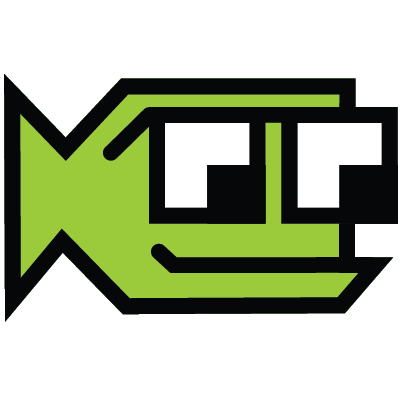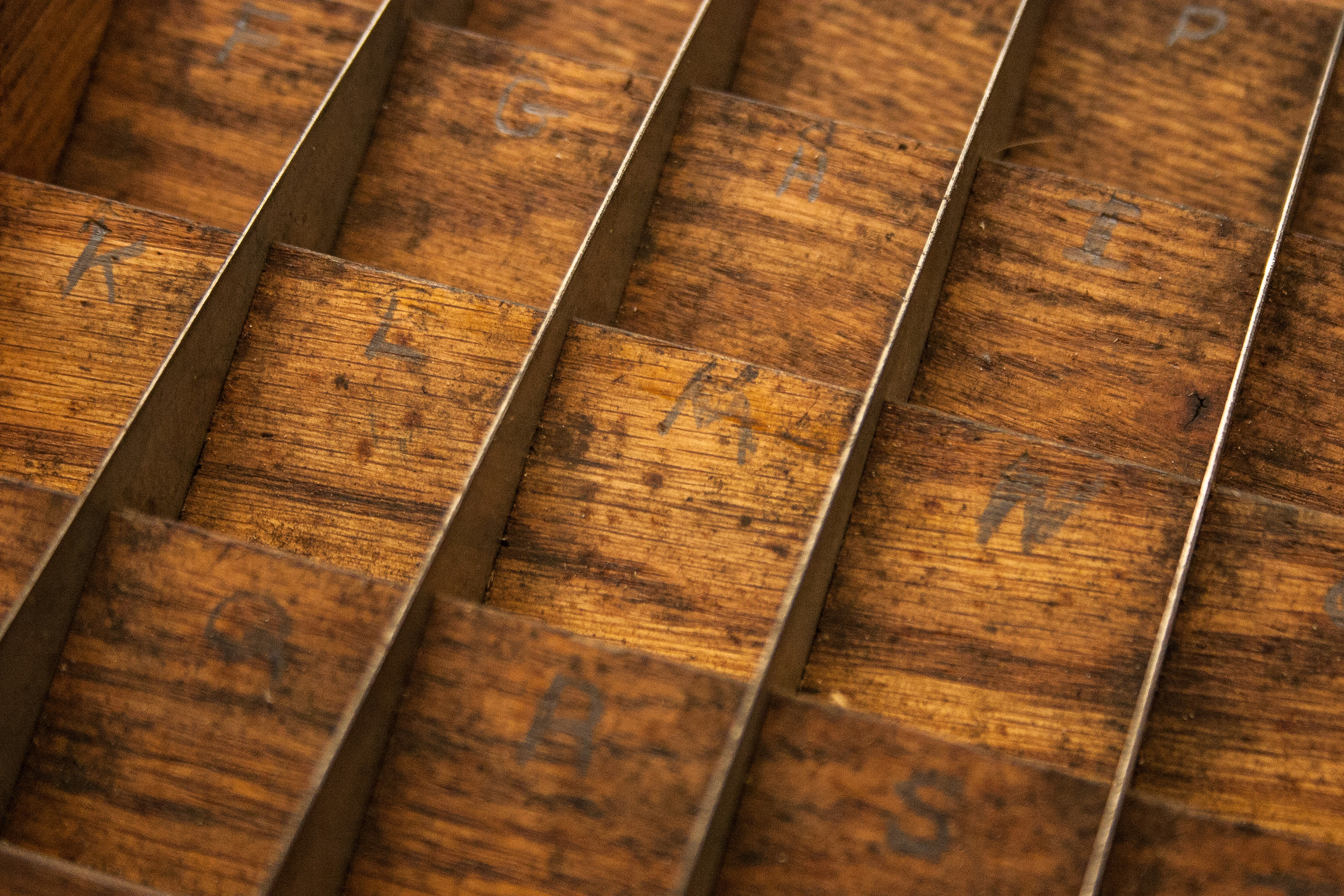Powerlane is now released and while I’m still working on marketing and promotion, I really want to take a second and thank a lot of people that inspired me and helped me along with Powerlane.

My Wife
When I sat down to do the interview with The State, one of the first questions Cassie asked was something along the lines of “You have a full time job, you teach, you have three kids and you design type in your spare time. How does your wife feel about all of this?” I chuckled and simply responded that my wife is awesome.
My wife, Liz, is an artist, too. And a teacher. She understands why I want to design my own type. And why I couldn’t say no to the opportunity to work with a great group of students this semester.
Is it crazy? Sometimes, yes. We have to work really hard to coordinate schedules and find time for everything. But we do. Sometimes, I’m up really, really late. But without the support from Liz, I couldn’t accomplish any of this.
Marius Valdes
Marius and I get try to get together for lunch semi-regularly to brainstorm and bounce ideas off of each other. It’s always inspirational to sit down for a little while and throw ideas around.
I love working on projects with Marius. A while back, I created a custom variation of one of my typefaces for his Secret Species project. Power Grid, was upper case only and he needed a lower case. So I cranked out a version for him to use. I intended to polish it later, but never got around to it.
Fast forward to this year, when Marius and his awesome Secret Species project was featured in HOW magazine. As a type designer, it’s energizing to see your typefaces in use. After seeing Power Grid on the pages of HOW, I started working on it again. The result is Powerlane.
AIGA South Carolina
I owe a lot to AIGA South Carolina. It’s the chapter I helped start 7 years ago and it’s been a major influence on my career. Over the last few years, I’ve had the joy of seeing and interacting with creatives like Alex Isley, Michael Bierut, Jill Bell, Seymour Chwast, Chip Kidd, James Victore, Chris Bilheimer, Sean Adams, Stefan Sagmeister and more.
But in Spring of this year, AIGA SC brought in designer/illustrator Jude Landry and then a couple weeks later, designer/all-around-awesome-guy Aaron Draplin. And the combination was exactly the inspiration I needed. They are both amazing creatives with an entrepreneurial streak. And listening to them got me completely motivated to tackle the typeface and make it available commercially. And then a few months later, Rich Roat from House Industries came in to speak about all of their typographic successes.
It was the perfect line up of speakers for me at the perfect time.
Fontstruct and the Fonstruct Community
Sometime in 2009, I was home — sick in bed. Having given up on awful daytime TV, I was surfing the internet and stumbled upon Fontstruct and started experimenting. Powerlane started life as Power Grid, a Fontstruction. It was one of my early modular constructions, but I was very happy with it. But the modular structure made it difficult to expand Power Grid into the family I had in my head and I eventually chose to start from scratch.
But Fontstruct’s influence goes far beyond prototyping. The community at Fontstruct was encouraging and inspirational. They gave solid feedback on character designs. They kept me motivated when I was discouraged and challenged me to improve my designs.
I’ve gotten so busy lately, I haven’t been able to get back over to Fontstruct. But maybe I should enter the new stencil contest…
Glyphs
Finally, thanks to Georg Seifert for developing an awesome type design tool in Glyphs. It’s powerful and easy to use.
Recently, they’ve started blogging about how to get the most out of Glyphs. And many of their tips and tricks were very helpful in building Powerlane.
Don’t forget that through October 23, Powerlane Complete is available for $59 ($140 off normal price) at MyFonts.com.










